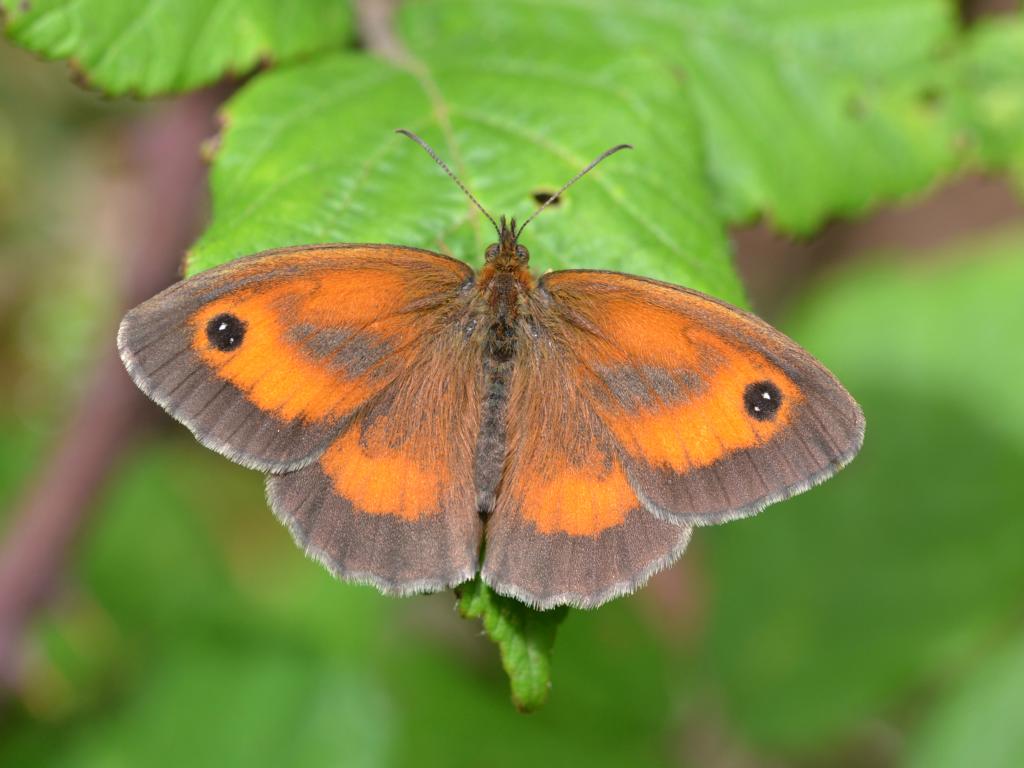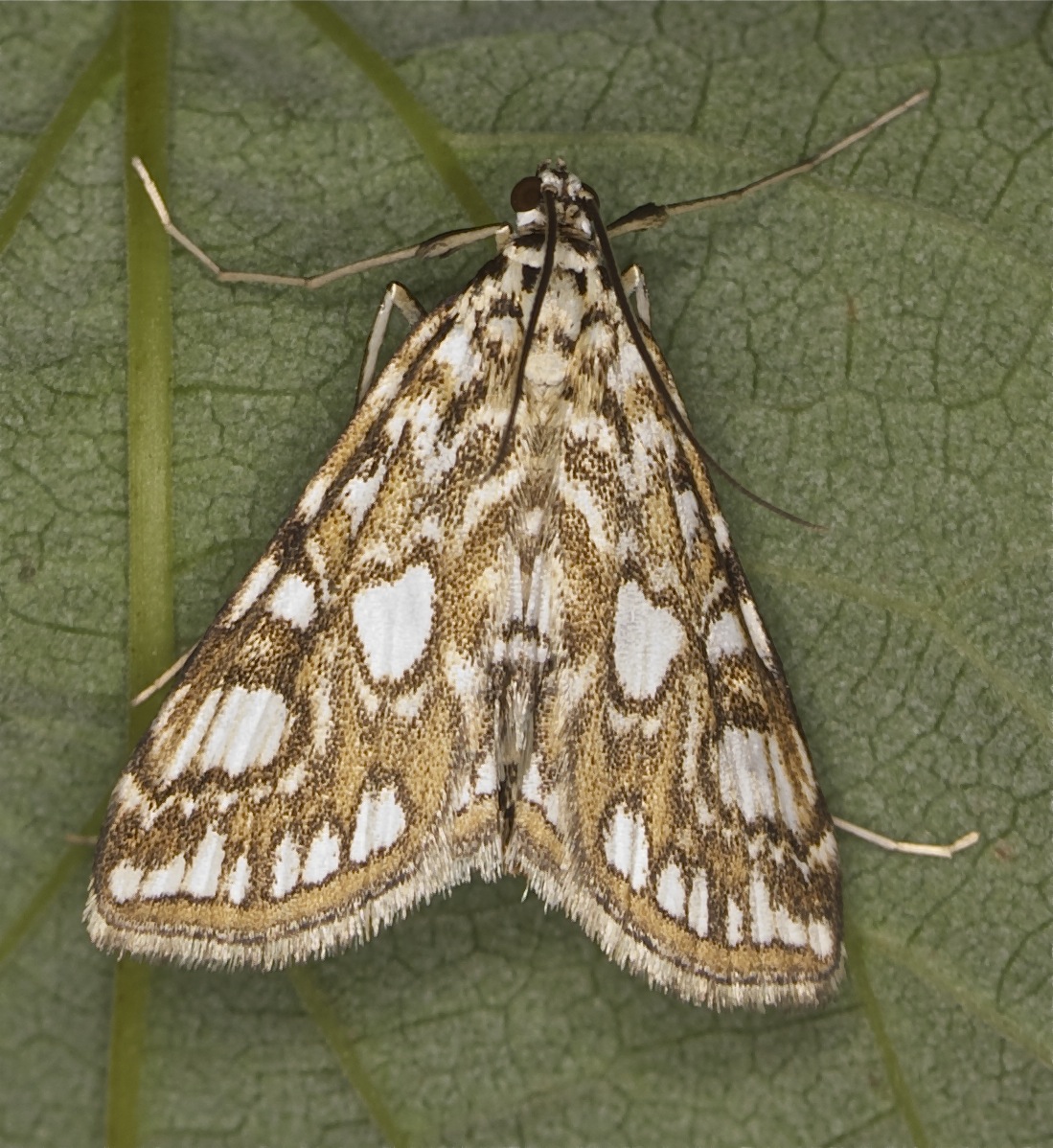Sickleholme Nature Notes
Lots to report from July, to which end I am again grateful for the growing number of members who are now contributing to the monthly summaries. Excellent news came from Alan Kydd who had completed his final check of the bird boxes. At least 153 young birds fledged with 25 of the small boxes having been occupied. The species involved were Great Tit, Blue Tit and Coal Tit and the average of 6.1 young per box compares with a three-year average of 4.7. Alan will return later in the year to clean out the boxes and make any necessary repairs; he looks after us very well indeed. Plenty of other bird species were seen including young Buzzards and young Kestrels, which were regularly seen and heard calling for food from their parents.
I do hope that you saw Nicola Hilton’s splendid photograph which fronted the most recent newsletter. It featured not only one of my favourite wildflowers, the sky-blue Harebells, but many bright purple Betony which is a plant that a number of you had asked the identity of. Another, which one member delightfully referred to as a “large yellow triffid”, is growing near the top of the track below the 13th tees. Already some four feet high, and capable of another couple of feet, this is Mullein. Very striking and easy to spot at this size.
Amongst the other wildflowers were Common Poppy (including one very spectacular patch), Tormetil, Tufted Vetch, Greater and Rosebay Willowherb, Knapweed and at least one species of St John’s Wort. There are clearly many more that a competent botanist could identify for us. A few fungi were also in evidence although there will be many more as autumn approaches.
Our butterfly species count had a welcome jump forward via the addition of Small White, Meadow Brown (lots), Gatekeeper (see photo) and Ringlet. The latter is not one that I have noticed on the course before and takes us up to ten species for the year.
My regular excursions to the pond produced several enquiries as to whether I was scavenging for balls, particularly when I was carrying a net, but my main target was a small and very pretty moth called a Brown China-mark (see photo). This day-flying moth is one of a small number that lay their eggs on water plants and the larvae develop in a floating case of leaf fragments. When they finally emerged as moths, I counted 15 in just a few minutes.
I do hope that you were able to enjoy some of the above.
Bryan Barnacle



